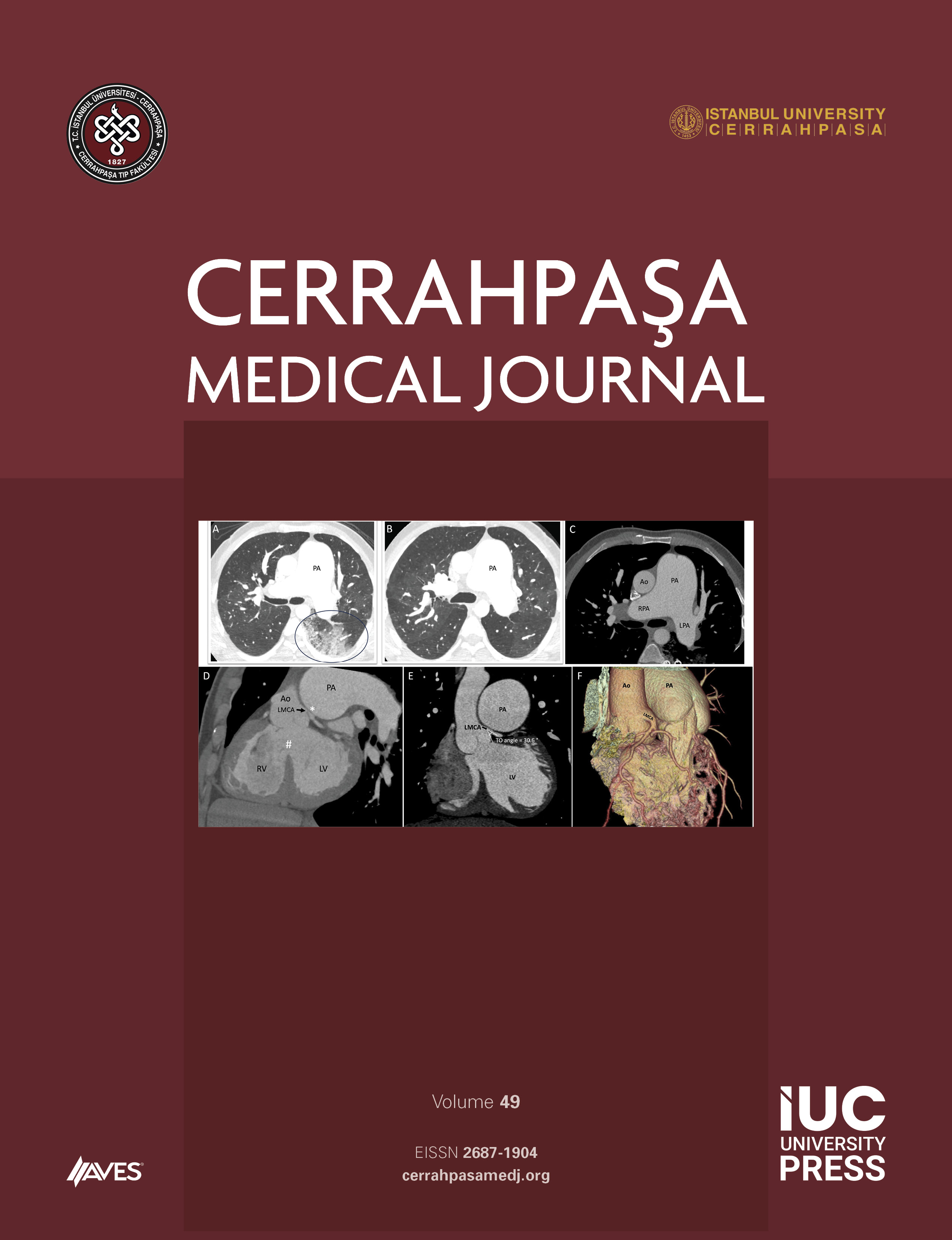Objectives: In this study, we evaluated age-related changes in the morphometric features of lower cervical spine in both sexes.
Methods: Plain lateral radiographs of 200 individuals (74 males, 126 females; 16-87 years old) were evaluated retrospectively. The anterior height (Ha), posterior height (Hp) of the body of each cervical vertebra and anterior height (Da) and posterior height (Dp) of each intervertebral disc between C3-T1 were measured using a digital compass with a resolution of 0.01 mm. These measurements were used to calculate Ha/Hp and Da/Dp ratios.
Results: The differences regarding Ha/Hp and Da/Dp ratios of each cervical segment between genders were not statistically significant (p>0.05). No significant changes were observed in the value of Ha/Hp ratio with the advance of age in either sex (p>0.05). There were no significant correlations between age and Da/Dp ratios in males (p>0.05). There was weak, positive and significant correlation between age and C3-4, C4-5, C5-6, C6-7, C7-T1 Da/Dp ratio in females (p<0.05).
Conclusion: It could be suggested that cervical lordosis increases with the advance of age in females. These results may be useful for evaluating age-related morphological changes that occur in the cervical vertebrae.



